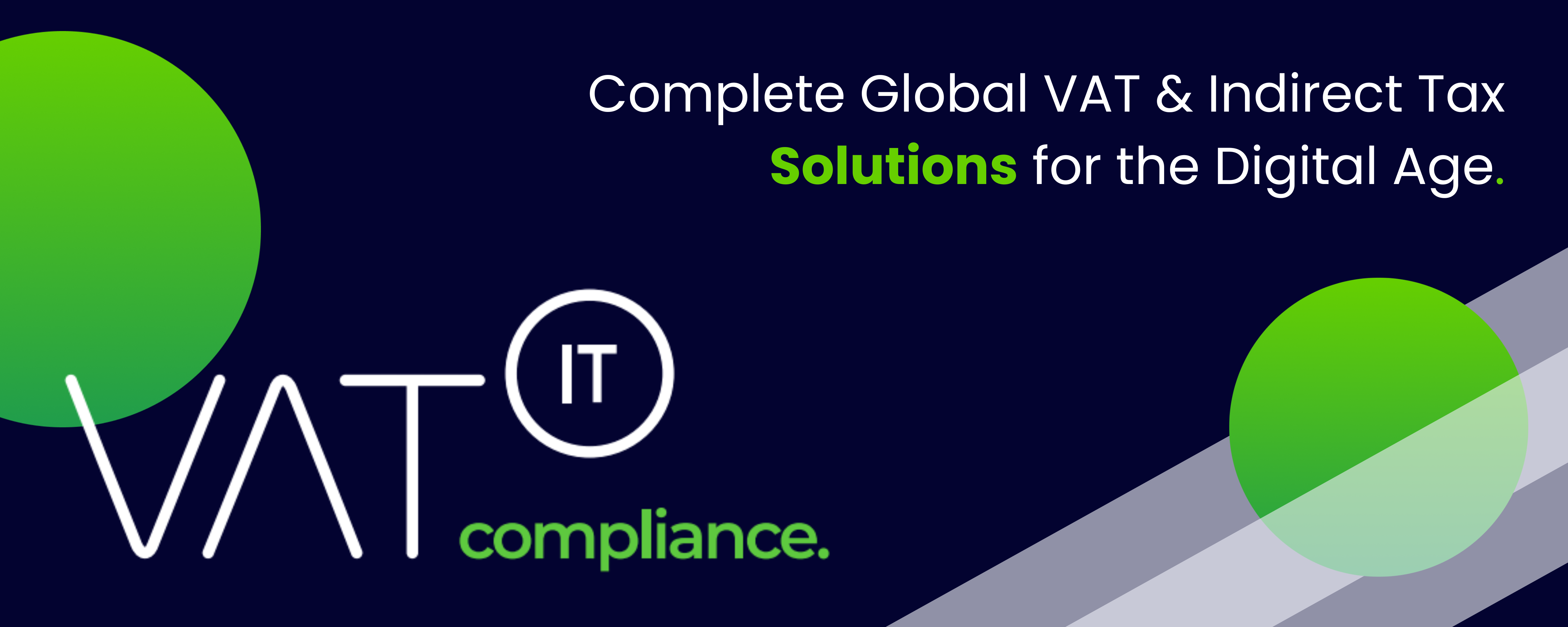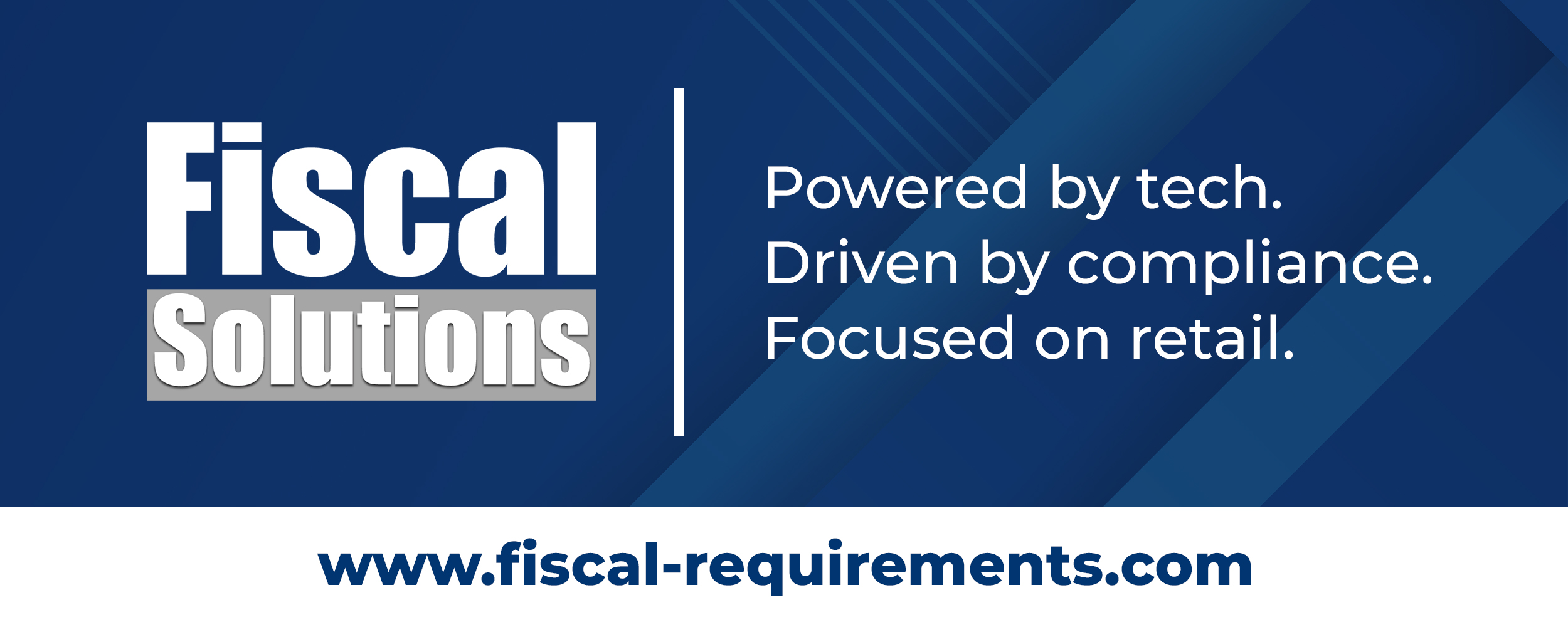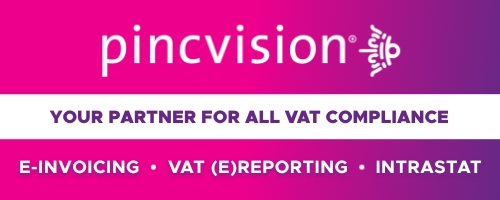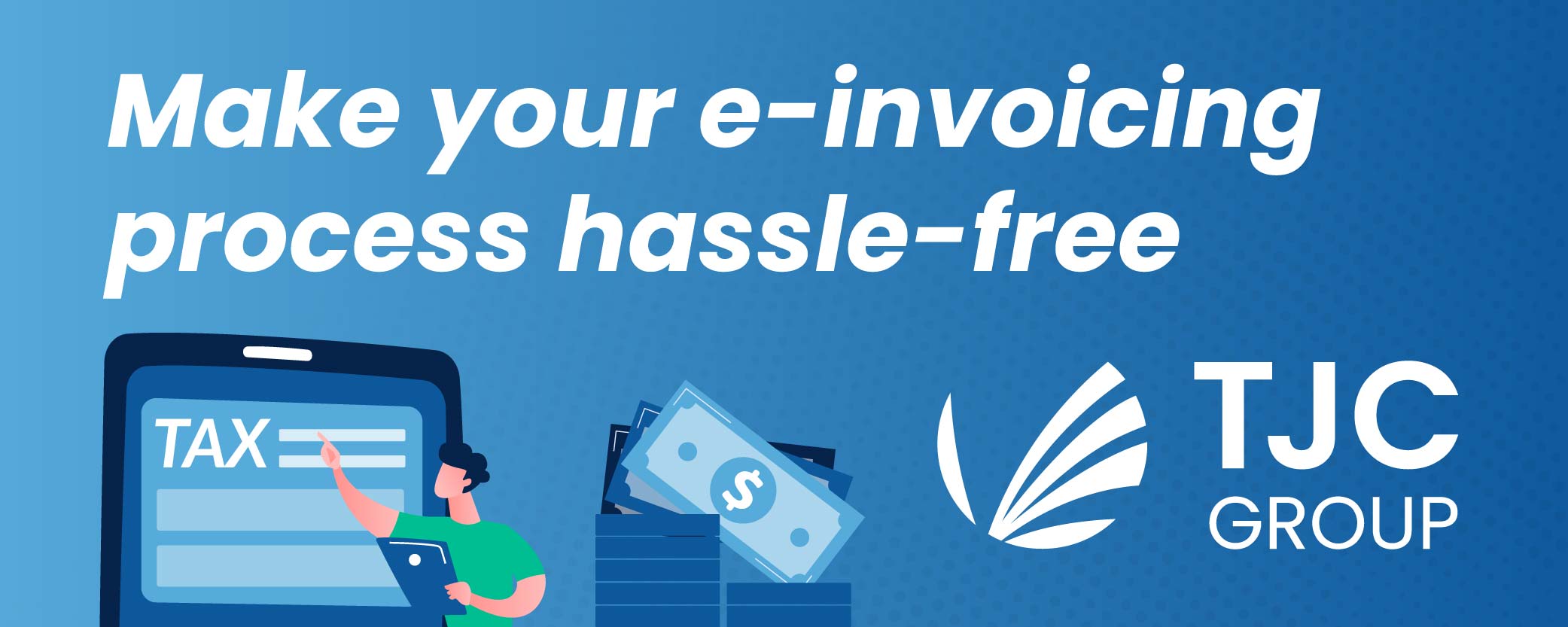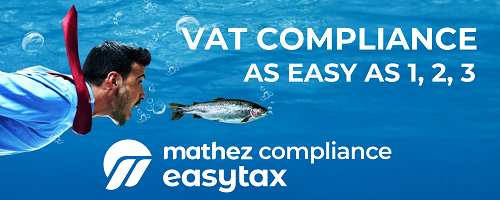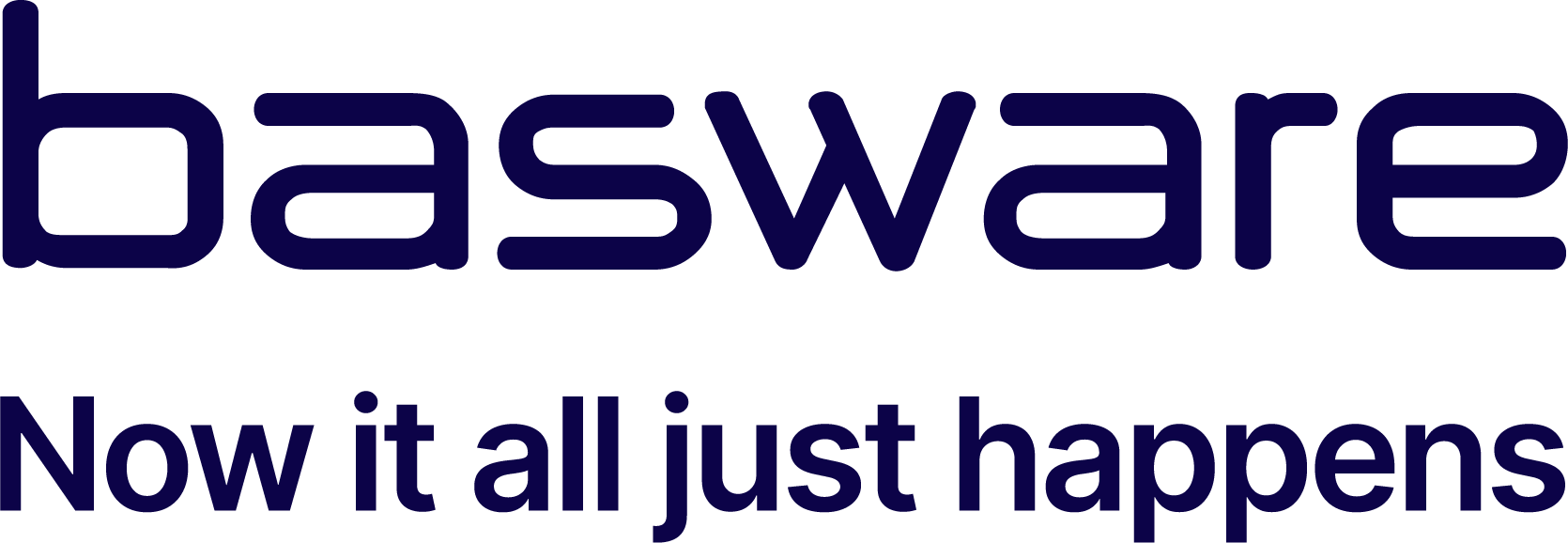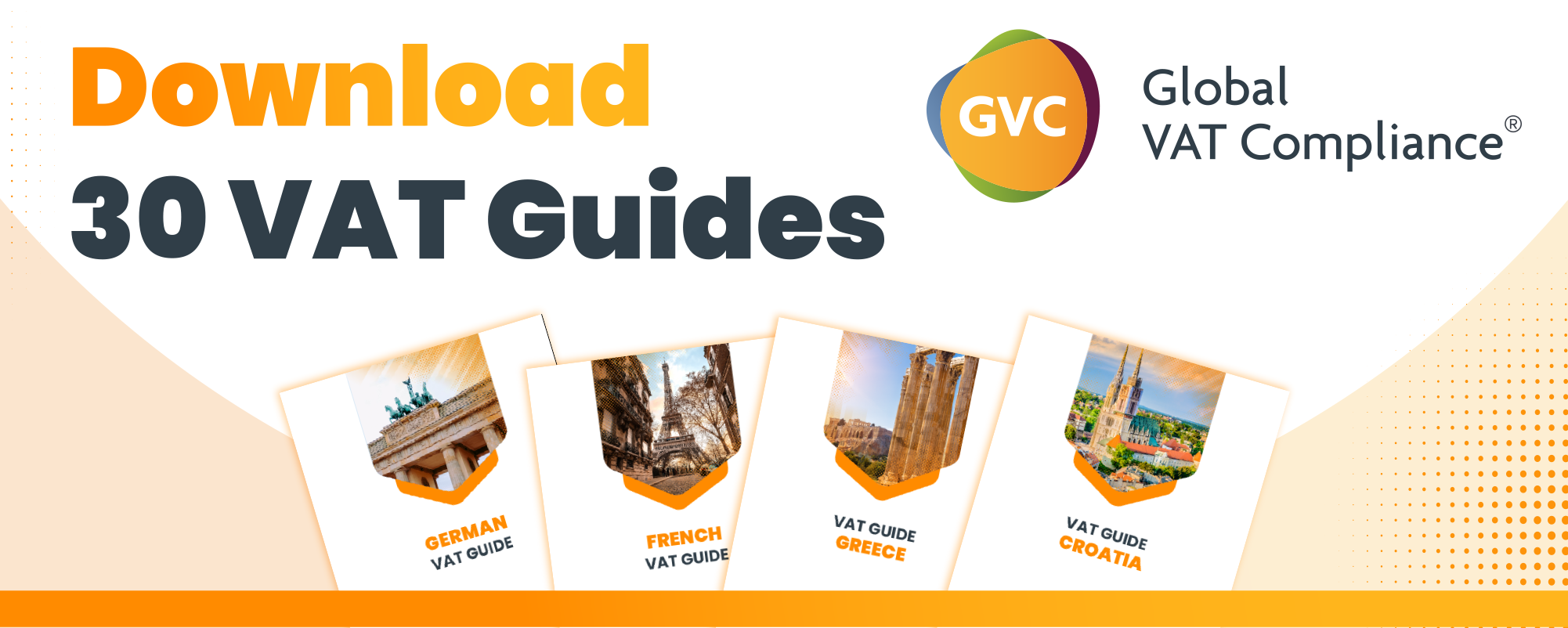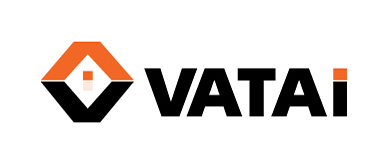Subject: Review of New VAT Guidelines for Effective Business Compliance (GfC8)
Purpose: This briefing document provides an overview of the new Guidelines for Compliance (GfC8) on Value Added Tax (VAT) published by HM Revenue & Customs (HMRC) on 18 September 2024. It outlines the main themes, important ideas, and key implications for businesses, drawing from the provided sources.
1. Introduction:
HMRC has released new guidelines, known as GfC8, aimed at assisting UK VAT-registered businesses in ensuring accurate VAT declaration and improving their VAT compliance controls. These guidelines are recommended by HMRC to help businesses understand their expectations regarding accounting and compliance processes. The intended audience for these guidelines includes those responsible for VAT governance, controls, processing, and submission, such as VAT and tax managers, finance and IT professionals, and senior management.
2. Key Themes and Important Ideas:
- Purpose and Scope: The primary purpose of GfC8 is to outline HMRC’s recommended approach and expectations for businesses to accurately declare VAT. The guidelines are specifically for “UK VAT registered businesses who use invoice accounting”.
- Effective Date and Impact: Published on 18 September 2024, GfC8 impacts all taxpayers and sets out expectations and best practices for VAT compliance. Businesses are expected to adhere to these guidelines to avoid potential penalties.
- Beyond Making Tax Digital (MTD): GfC8 goes beyond the requirements of Making Tax Digital. It necessitates a thorough assessment of processes and controls in upstream finance areas that impact VAT. This includes areas such as:
- Customer and supplier onboarding
- Accounts receivable and payable processes
- Procurement
- Employee expenses
- Comprehensive Coverage of VAT Compliance Controls: The guidelines cover various aspects of VAT compliance controls across key business processes, including:
- Order to Cash: Processes from sales order to receipt of payment.
- Procure to Pay: Processes from purchase requisition to payment of supplier invoices.
- Employee Expenses: Handling of VAT related to employee expenses.
- Record to Report: Processes related to maintaining financial records and generating reports.
- VAT Reporting: Specific aspects of preparing and submitting VAT returns.
- Outsourcing: Considerations for VAT compliance when outsourcing functions.
- Correcting Errors: Procedures for identifying and rectifying VAT errors.
- Risk Management: Implementing strategies to identify, assess, and mitigate VAT compliance risks.
- Focus on Systems and Controls: HMRC expects businesses to “understand all data sources impacting VAT return and have reliable systems and sufficient VAT controls in place.” Businesses are advised to review their existing systems and processes regularly to ensure they align with the GfC8 guidelines.
- Importance of Documentation: While not explicitly detailed in these excerpts, the emphasis on control design and risk management implies the need for adequate documentation of VAT-related processes and controls.
- Manual Adjustments in VAT Reporting: The guidelines also touch upon manual adjustments, highlighting that they are a common part of VAT reporting. Key aspects include:
- Common types: consolidation of totals, general ledger journals, adjustments for errors, and those required by VAT regulations.
- Recording: Manual adjustments must be recorded in “functional compatible software, with only the total for each type of adjustment required to be kept in the software.”
- Control Points: Holding valid VAT invoices, recording invoices in compliant software, and including reversals of prior period accruals are crucial control points.
- Error Correction: Smaller errors should be corrected on the current return or notified to HMRC as per regulations.
- Employee Related Adjustments: These may require manual adjustments and central oversight, with valid VAT invoices and compliance with regulations being key.
3. Key Quotes from Sources:
- “Guidelines for Compliance GfC8 aim to help businesses with VAT compliance controls.” (deeksvat.co.uk)
- “HMRC recommends these guidelines to help businesses understand expectations for accounting and compliance processes.” (deeksvat.co.uk)
- “HMRC issued GfC8 guidelines for UK VAT-registered businesses.” (haysmac.com)
- “The guidelines aim to ensure accurate VAT declaration and reduce errors.” (haysmac.com)
- “Businesses should follow the guidelines to avoid penalties.” (haysmac.com)
- “These Guidelines for Compliance (GfC) set out HMRC’s recommended approach and are designed to help you understand our expectations as you plan, carry out, and review the accounting and compliance processes that ensure VAT is accurately declared by your business.” (GOV.UK)
- “GFC8 Guidelines for Compliance on VAT published by HMRC on 18 September 2024 impact all taxpayers and set out expectations and best practices for VAT compliance.” (bdo.global)
- “Goes beyond Making Tax Digital, requires assessment of processes and controls in upstream finance areas.” (bdo.global)
- “Businesses expected to understand all data sources impacting VAT return and have reliable systems and sufficient VAT controls in place.” (bdo.global)
- “Common types of manual adjustments in VAT reporting include consolidation of totals, general ledger journals, adjustments for errors, and adjustments required by VAT regulations.” (VATupdate – Manual Adjustments)
- “Manual adjustments must be recorded in functional compatible software, with only the total for each type of adjustment required to be kept in the software.” (VATupdate – Manual Adjustments)
4. Implications and Next Steps:
Businesses need to:
- Familiarise themselves thoroughly with the full GfC8 guidelines published on GOV.UK. The provided sources are brief summaries.
- Assess their current VAT accounting and compliance processes against the recommendations outlined in GfC8.
- Identify any gaps between their current practices and HMRC’s expectations.
- Review and potentially enhance their internal controls related to VAT across all relevant business processes (order to cash, procure to pay, etc.).
- Ensure their systems and software are capable of accurately capturing and reporting VAT data, including manual adjustments when necessary.
- Develop a plan to address any identified weaknesses and implement necessary changes to achieve compliance with GfC8.
- Consider seeking specialist advice to ensure a comprehensive understanding and effective implementation of the new guidelines.
5. Conclusion:
The new GfC8 guidelines represent a significant step by HMRC to promote better VAT compliance among UK businesses. They emphasize a proactive and comprehensive approach to VAT management, extending beyond the digital submission of returns. By understanding and implementing the recommendations within GfC8, businesses can enhance their VAT accuracy, reduce the risk of errors and penalties, and foster a more robust compliance framework. It is crucial for relevant personnel to review the full guidelines and take appropriate action to align their processes accordingly.
FAQ
1. What is the purpose of the new HMRC GfC8 guidelines?
The primary purpose of the GfC8 guidelines, published by HMRC on 18 September 2024, is to assist UK VAT-registered businesses in ensuring the accurate declaration of Value Added Tax (VAT) and to improve their overall VAT compliance controls. HMRC recommends these guidelines to help businesses understand their expectations regarding accounting and compliance processes related to VAT.
2. Who should be aware of and utilise the GfC8 guidelines?
The GfC8 guidelines are primarily intended for those responsible for VAT governance, controls, processing, and submission within UK VAT-registered businesses that use invoice accounting. This includes roles such as VAT and tax managers, finance and IT professionals, and senior management.
3. How do the GfC8 guidelines go beyond the requirements of Making Tax Digital (MTD)?
While MTD focuses on the digital record-keeping and submission of VAT returns, GfC8 takes a broader approach to VAT compliance. It necessitates a thorough assessment of processes and controls in upstream finance areas that impact VAT, such as customer and supplier onboarding, accounts receivable and payable, procurement, and employee expenses. This means businesses need to look beyond just the digital submission and ensure robust controls are in place throughout the business processes that generate VAT data.
4. What key business processes and areas of VAT compliance controls are covered by the GfC8 guidelines?
The guidelines provide coverage across various essential business processes impacting VAT compliance, including: Order to Cash (sales to payment), Procure to Pay (purchasing to payment), Employee Expenses, Record to Report (financial record maintenance), VAT Reporting, considerations for Outsourcing, procedures for Correcting Errors, and Risk Management strategies related to VAT.
5. What is HMRC’s expectation regarding a business’s understanding of its VAT data sources and control systems under GfC8?
HMRC expects businesses to have a comprehensive understanding of all data sources that ultimately impact their VAT return. Furthermore, businesses are expected to have reliable systems and sufficient VAT controls in place to ensure the accuracy of this data and the resulting VAT declarations. Regular review of these systems and processes is advised to maintain alignment with the GfC8 guidelines.
6. What are some common types of manual adjustments in VAT reporting, and how should they be recorded?
Common types of manual adjustments in VAT reporting include the consolidation of totals, general ledger journals, adjustments made to correct errors, and adjustments required by specific VAT regulations. These manual adjustments must be recorded in functional compatible software. Importantly, only the total for each distinct type of adjustment needs to be kept within the software.
7. What are some key control points to consider when dealing with VAT adjustments, particularly manual ones?
Key control points for VAT adjustments include ensuring that valid VAT invoices are held, that invoices are recorded in functional compatible software, and that reversals of prior period accruals are correctly included on the current VAT return. For employee-related adjustments, central oversight and adherence to VAT regulations are crucial. When correcting errors, businesses should follow HMRC regulations, addressing smaller errors on the current return or notifying HMRC as necessary.
8. What are the potential implications for businesses that do not adhere to the GfC8 guidelines?
While not explicitly stating penalties, the sources indicate that businesses should follow the GfC8 guidelines to avoid potential penalties. By outlining HMRC’s expectations and recommended best practices for VAT compliance, these guidelines serve as a benchmark against which a business’s VAT processes may be assessed. Failure to align with these guidelines could increase the risk of errors, leading to potential scrutiny and penalties from HMRC.
Sources
- HMRC GfC8: A Guide to VAT Compliance for UK Businesses – VATupdate
- New GFC8 Guidelines: Impact on VAT Compliance for Businesses in 2024 – VATupdate
- Guidelines for Compliance GfC8: New VAT Guidelines for Effective Business Compliance – VATupdate
- VAT Reporting Manual Adjustments: Common Types, Recording, and Control Points – VATupdate
- HMRC guidelines on VAT compliance controls – VATupdate
Latest Posts in "United Kingdom"
- Hotelbeds v HMRC: Businesses Can Reclaim VAT Without Invoices, Court Rules
- VAT Report – What Is a VAT Report?
- Post-Brexit VAT Divergence and why the EU Forgives and the UK Doesn’t?
- Fiscal Solutions – Great News – The United Kingdom is now part of our Fiscal Portal!
- Post-Brexit VAT: Why the EU Accepts Imperfect Export Proof but the UK Demands Perfection



